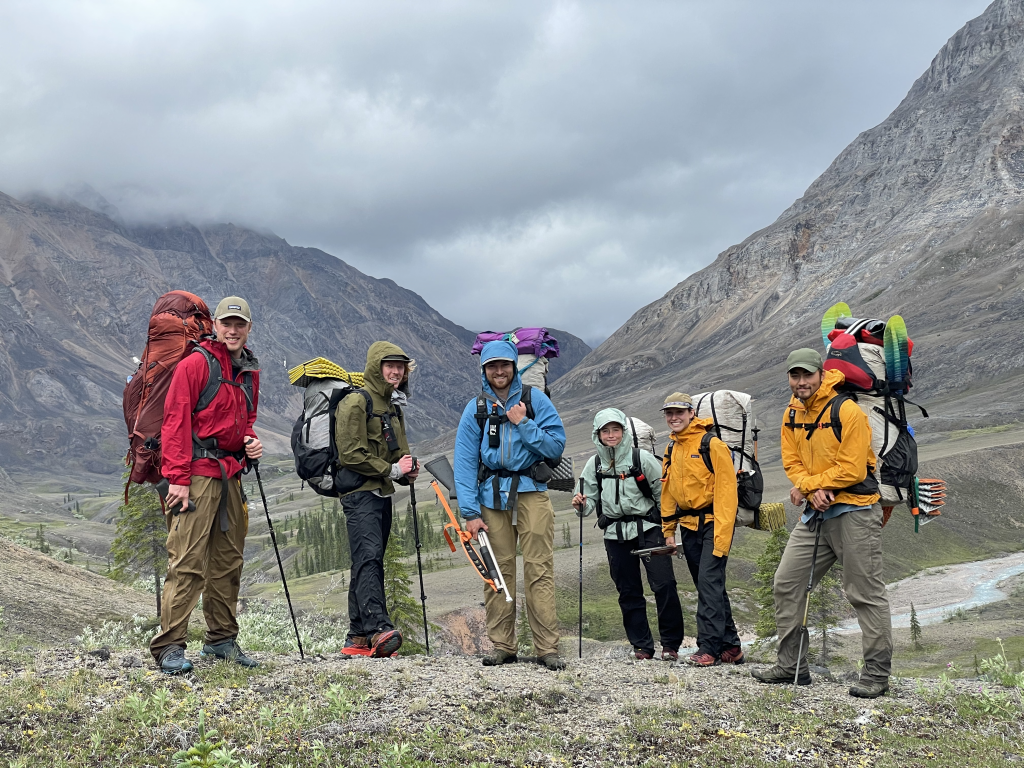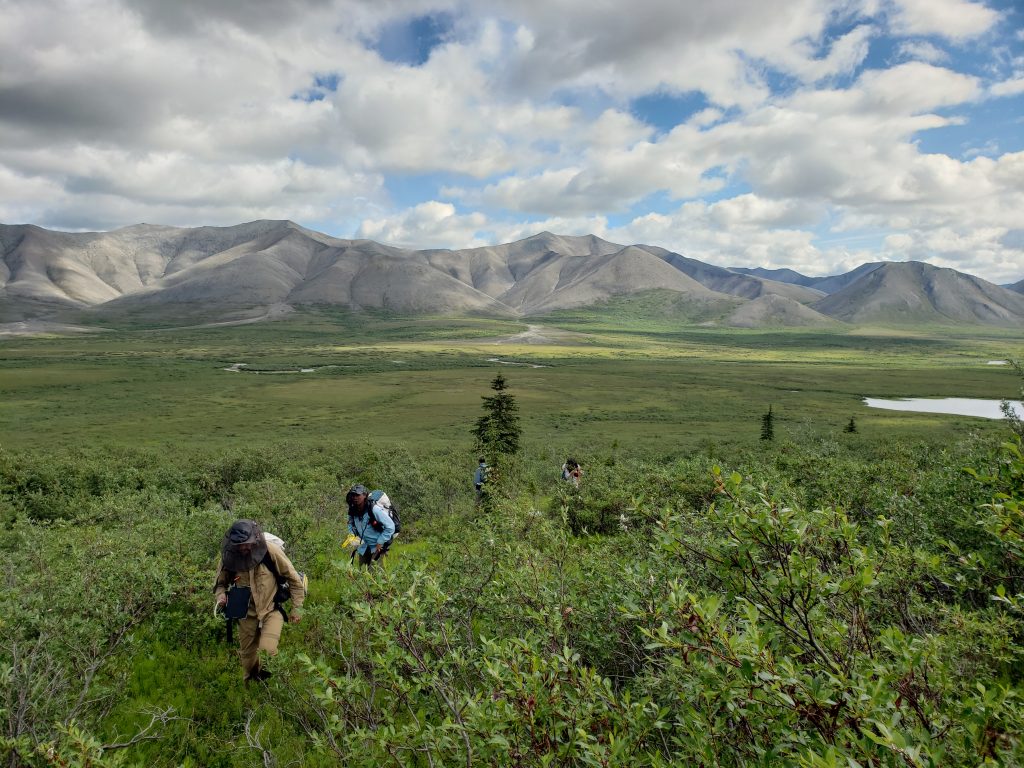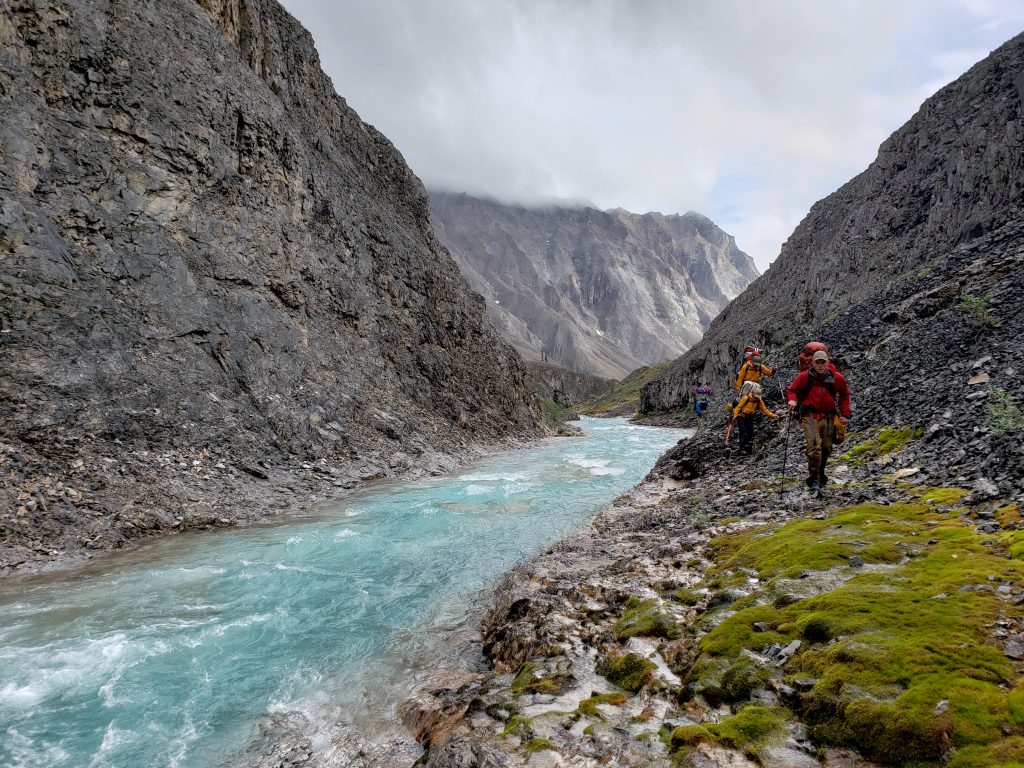By Dragana Perkovic-Martin, Principal Investigator for DopplerScatt at NASA’s Jet Propulsion Laboratory // SOUTHERN CALIFORNIA //
The first of three aircraft participating in the S-MODE campaign has arrived at Moffett Field in California. The NASA King Air B200 aircraft, carrying two science instruments – DopplerScatt and MOSES – landed on October 18th and is preparing for its first flight early in the morning on October 19th. The weather conditions have been changing and incoming storms in northern California are throwing a wrench into our planning for the airborne part of the campaign.

My name is Dragana Perkovic-Martin and I am the Principal Investigator for DopplerScatt, an instrument that simultaneously measures ocean vector winds and surface currents. DopplerScatt is a key part of the S-MODE Earth Ventures Suborbital Project. The instrument is currently aboard NASA’s King Air B200 aircraft to collect data for the S-MODE mission. Meanwhile, I am at my pseudo control center at home, following every minute of the deployment, acting as a point of contact for aircraft communications, and jumping in when things go south with DopplerScatt.
DopplerScatt is a radar and as such it is perfectly happy operating in cloudy conditions since its signals can penetrate the clouds, but it needs the wind to roughen the ocean surface for good data quality. Unlike DopplerScatt, the other instrument aboard this aircraft – MOSES – is an optical instrument (infrared camera to be more precise). That means MOSES can only collect data in clear weather, so no clouds. While high winds and no clouds are not mutually exclusive, the current weather outlook for the week is not great. The science team will have to closely follow forecasts and models and decide at the last moment whether the aircraft should take off. It will be a week at the edge of our seats!

On Tuesday morning, the King Air B200 took off at 8:20 am for a reconnaissance flight of the S-MODE area. The weather front was coming in and so it was a race between the aircraft and the clouds. The first reports from the aircraft operators were good: the winds were high enough for DopplerScatt to get good data and MOSES was managing to capture data through gaps in the cloud cover.
A little over four hours later, the King Air B200 landed, delivering the precious data “cargo” to the hangar at NASA Ames, where the DopplerScatt processing machine is housed. The images from the real-time processor aboard the aircraft promise a really good data set. The satellite data obtained by the science team is capturing a very interesting ocean circulation feature within the S-MODE sampling area and the science team is abuzz trying to reposition the autonomous marine robots to capture the feature.

While we prepare for the second flight of the NASA King Air B200 this afternoon, the media is having a field day – coming along to watch, photograph and film our experiments. Today’s flight is aimed at mapping the ocean feature that has formed in the past few days in the northern end of the S-MODE sampling area. The winds are forecast to be just high enough for DopplerScatt to perform its measurements.

Meanwhile, back at my home control center, I’m using a software called FlightAware to track the aircraft while in flight. The display can include weather, and today this shows a patchwork of rain and clouds out there. Fingers crossed that it is not raining at the collection site, as DopplerScatt’s signal is attenuated in rain.
After the plane took off and arrived at the data collection area, we lost communication as the satellite connection must have been affected by weather in the area.
We get one more good flight for the DopplerScatt instrument, but it’s bad luck for MOSES. The cloud cover was thick and extended from approximately 5,000 to 24,000 feet, making it impossible for the camera to image the ocean surface. Perhaps we’ll have better luck Friday when cloud conditions appear to be favorable for an early morning flight.

There was lots of excitement in the pre-flight instrument power on, as one of the DopplerScatt servers had trouble booting. The DopplerScatt team mobilized over the phone and resolved the issue – sigh of relief! The whole team is glued to their cell phones in the morning, and we may have to investigate the issue upon landing.
Today’s flight is the first combo experiment of the campaign. The NASA King Air B200 and the Twin Otter aircraft will be flying, carrying the MASS instrument operated by the Scripps Institute of Oceanography (SIO), in addition to autonomous Saildrones and recently ship-deployed drifters. The Saildrones have been sampling the area overnight and are reporting a disappearance of the cold filament. The science folks suspect that the warmer water has pushed the cold filament deeper because it’s not as visible from overhead.

After a frantic back and forth during the flight to identify the source of monitor malfunction on DopplerScatt, things have settled back to normal. The flight was executed successfully and we will perform some more ground trouble-shooting to make sure that DopplerScatt is ready for the next flight, which will probably be on Monday October 25th.
Hector and Delphine, the instrument operators flying aboard the King Air B200, shared their impressions of the flights from their high-altitude view:
“The plane flew offshore West of San Francisco and after a cloudy and turbulent takeoff, the ocean appeared perfectly clear at the altitude of 26,000 ft. Operating smoothly thanks to both skills and practice, in coordination with the pilots, we traced an array over the ocean and collected great quality data. When we saw oceanic structures with clean, sharp gradients appearing on our screens we were overjoyed! The months of preparations were starting to pay off. These structures are exactly what we have come to measure. The other aircraft, the Twin Otter, has also joined the data collection and will provide a very useful data comparison. The plane tracks were successfully changed to optimize the overlap of the two data sets. What a great day for S-MODE,” they told me.
Now quiet resumes while the data are being processed by our teammates. That’s a wrap for the first week of the S-MODE pilot campaign airborne activities!







